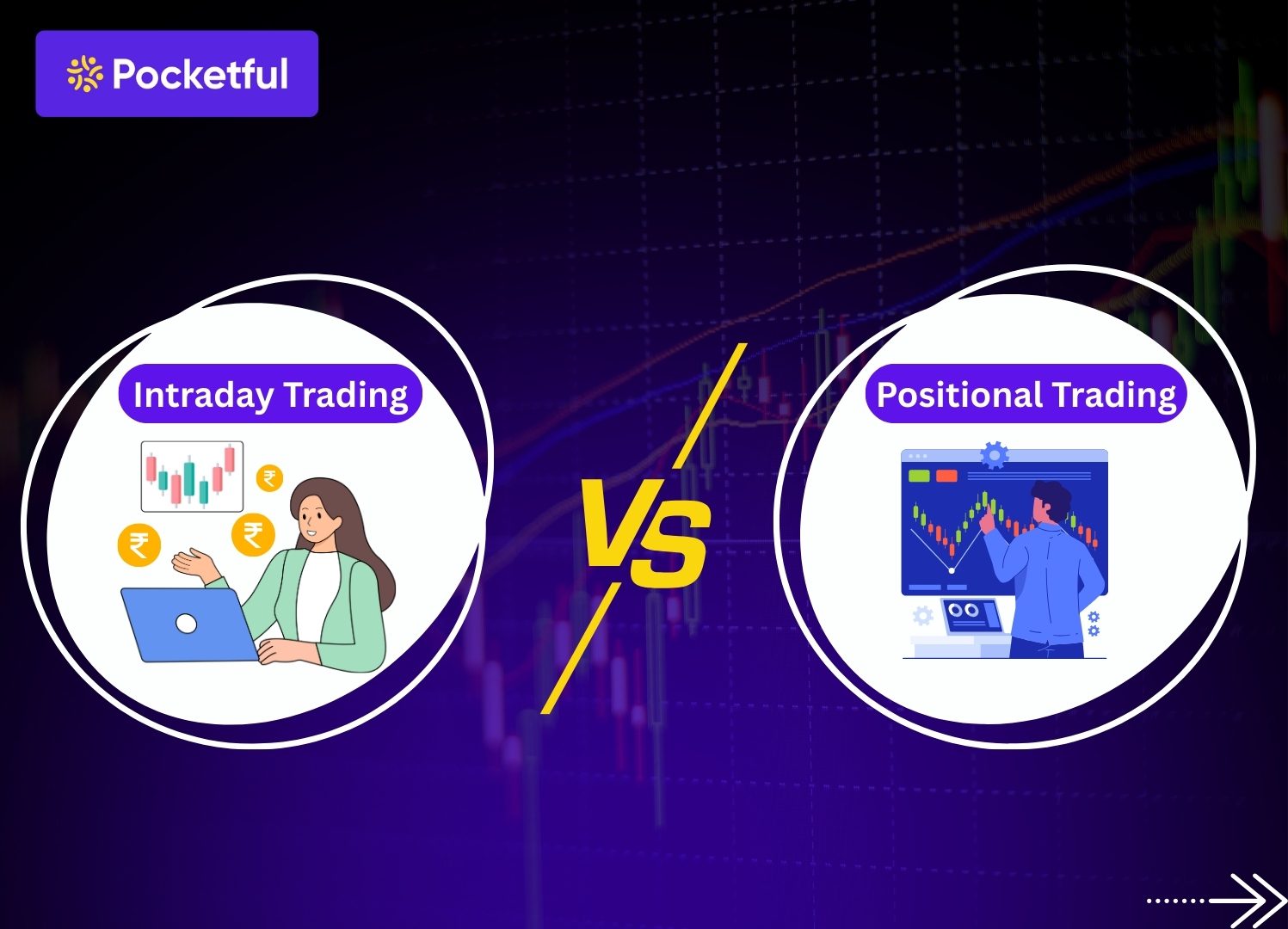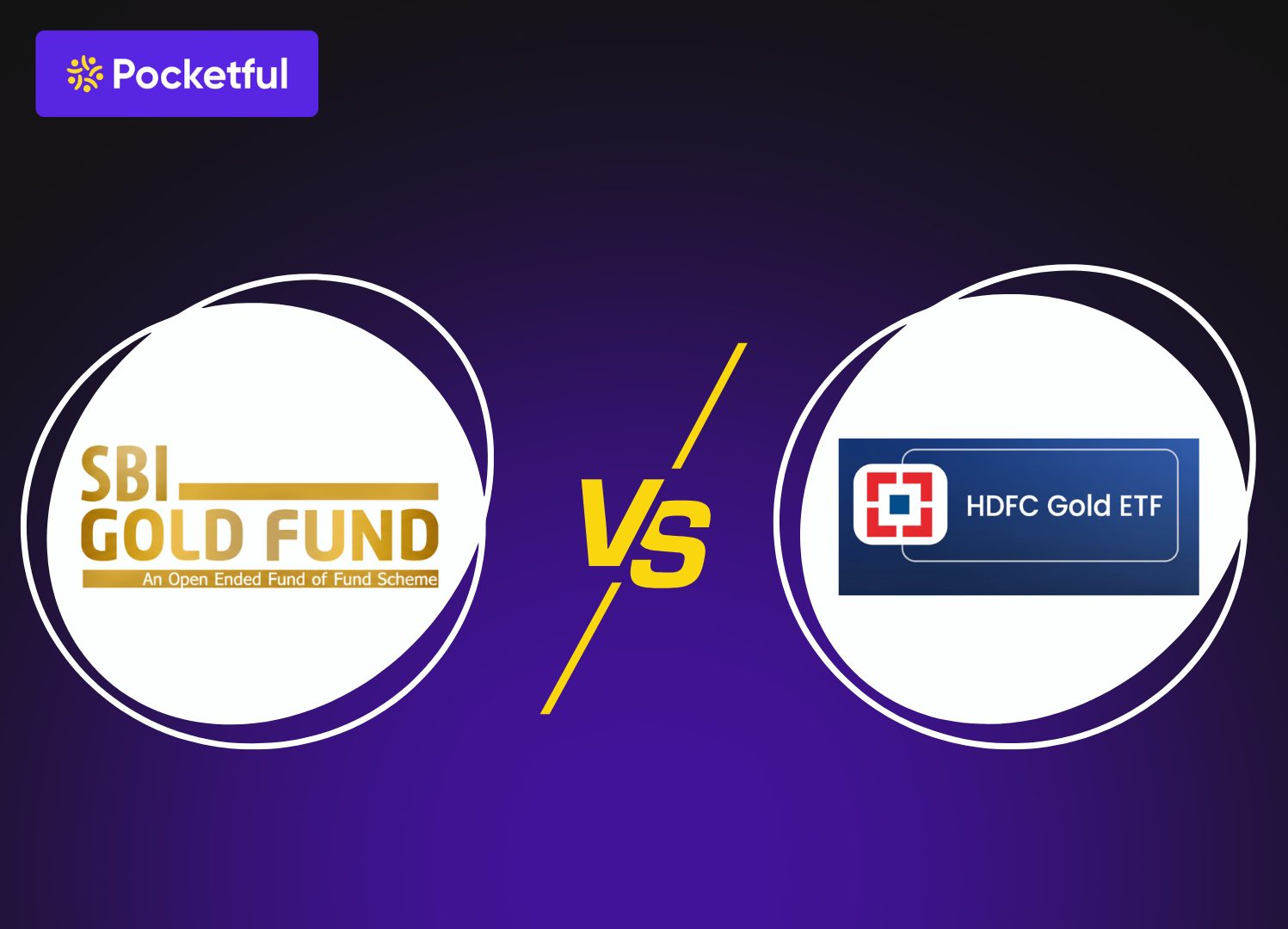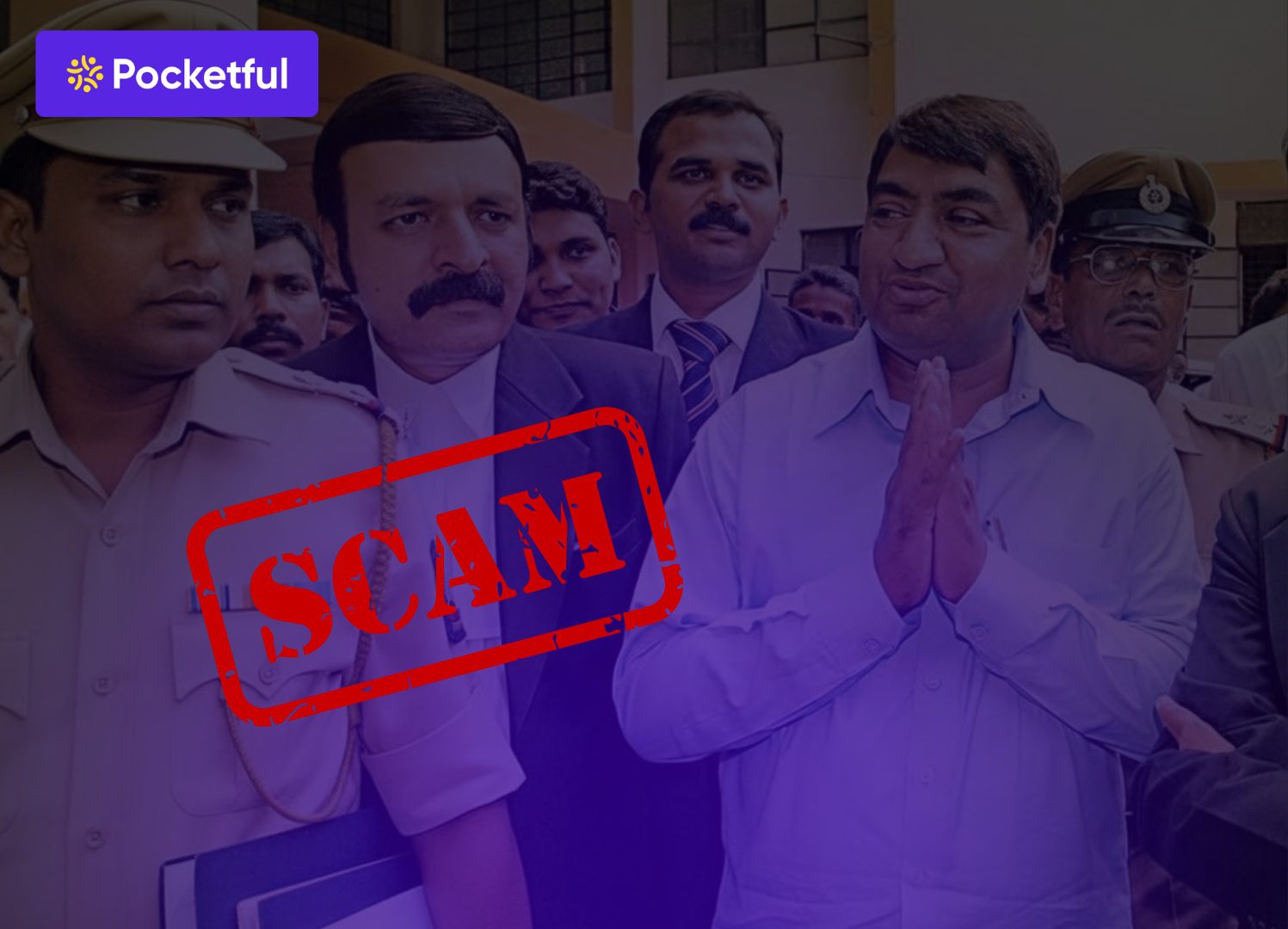When trading, it can be difficult to determine whether the market will rise or fall. Oscillator indicators are useful in this situation. These indicators swing back and forth to indicate whether prices are moving too quickly in one direction. Oscillators provide traders with important hints about upcoming turning points by identifying when a stock is overbought (too high) or oversold (too low). Although they cannot project the future, they will help you in evaluating the state of the market so that you can make more informed trading choices.
In this blog, we will explore in depth about oscillator indicators and how they can be used efficiently.
Oscillator Indicator – An Overview
An oscillator is a widely used technical indicator that swings within a fixed range, much like a pendulum. It doesn’t forecast exact price movements but measures momentum to show when a market may be overbought or oversold. By signaling potential pauses or reversals, oscillators help traders evaluate market conditions and time entries or exits more effectively. Though not perfect, they serve as a valuable guide to market psychology and short-term price behavior.
Why Oscillators Are Used by Traders
- They signal when a stock may be oversold (too cheap) or overbought (too expensive).
- They help in identifying when a trend is losing traction.
- Sometimes they provide an early sign of a possible reversal.
How the Oscillator Indicator Works?
An oscillator gauges the momentum (or speed) of price swings and movements between two defined levels, generally between 0 and 100. This gives traders an idea when an asset might be overbought or oversold.
1. Swinging in a Range
Think of oscillators as a speedometer that moves between an upper and lower band. When the line nears the bottom, it signals oversold conditions; near the top, it suggests overbought conditions.
2. Momentum Math
The formulas used by various oscillators are different. The closing price may be compared to recent highs and lows by some, such as the Stochastic Oscillator, which compares today’s close with the range over the previous 14 days.
Others, such as the RSI, which compares average gains and losses over a given period, determine how much buying versus selling occurred.
3. Analysing the Bands (Oversold/Overbought)
The stock is considered overbought if the oscillator is above the upper band, which might mean a pullback is imminent.
It is oversold if it is below the lower band, and this could point to a possible recovery.
4. Finding Divergence (Trend Reversal Indications)
Occasionally, the oscillator responds differently while prices hit new highs or lows. The difference often indicates that momentum is waning. Finding a bullish divergence, for instance, where the price is declining but the oscillator is rising, may indicate that a reversal is about to occur.
Read Also: 10 Best Indicators for Swing Trading
Popular Oscillator Indicators
Although there are many oscillators available, some have become the preferred choice for all traders. The most popular are as follows:
1. Relative Strength Index(RSI)
Most traders most likely learn the RSI oscillator first. It shows whether a stock is overbought or oversold on a scale of 0 to 100.
Over 70, it could be overpriced, or it may be oversold (too cheap), below 30
2. Oscillator Stochastic
This one looks at where the current price is when compared to its recent highs and lows.
If over 80, it indicates overbought and oversold below 20.
Short-term traders who look for fast signals particularly like it.
3. Moving Average Convergence Divergence, or MACD
It is only about comparing two moving averages, so do not be intimidated by the long name. A buy or sell signal is given when the faster line crosses the slower line. Very useful for identifying shifts in trends.
4. The CCI, or Commodity Channel Index
The CCI does not follow a fixed 0–100 range like RSI or Stochastic does. It is useful for identifying emerging trends.
CCI readings above +100 typically indicate overbought conditions, while readings below -100 suggest oversold conditions. Unlike other oscillators, CCI is unbounded and can move well beyond these levels
Advantages of Oscillator Indicator
1. Simple to Read
It is easy to identify overbought or oversold zones because most oscillators function within a fixed range, such as 0-100.
2. Ideal for Timing Entry and Exits
They are ideal for planning entry and exit points because they help traders figure out when a market may be overheated or undervalued.
3. Works in Different Markets
Oscillators can be used in any market, including commodities, forex, stocks, and cryptocurrencies.
4. Highlight Changes in Momentum
Even before the price itself shifts direction, they could suggest when buying or selling pressure is decreasing.
Limitations of Oscillator Indicator
1. Inaccurate Indications in Developing Markets
An oscillator may remain in the “overbought” zone for an extended period of time during a strong uptrend without prices actually declining. The same applies in the case of downtrends when the stock is “oversold.”
2. Lagging Indicator
Signals cannot always be seen instantly because they are based on historical price data.
3. Unreliable as a standalone tool
It can be dangerous to use oscillators alone. They function best when combined with price action, volume, or trend indicators.
4. Multiple setups Produce Different Outcomes
It takes practice to figure out what works best because changing the period length (for example, from 14 days to 7 days) could generate completely different signals.
Read Also: Top Indicators Used By Intraday Traders In Scalping
Conclusion
Oscillator indicators are valuable tools for traders, offering insights into market momentum, price fluctuations, and potential reversals. However, they are not flawless and may produce false signals, particularly during strong trends. For best results, oscillators should be combined with other techniques such as trend analysis or volume confirmation. The key is to maintain balance by using them as a guide rather than a strict rulebook. With practice, they can become reliable tools for recognizing market patterns and improving trade timing. It is advised to consult a financial advisor before trading.
| S.NO. | Check Out These Interesting Posts You Might Enjoy! |
|---|---|
| 1 | What is Scalping Trading Strategy? |
| 2 | Best Options Trading Chart Patterns |
| 3 | What is Algo Trading? |
| 4 | What is AI Trading? |
| 5 | Different Types of Trading in the Stock Market |
Frequently Asked Questions (FAQs)
What does overbought mean?
It means the price has gone up too quickly and might pull back soon.
Can oscillators predict the future?
No, they do not predict; they simply highlight momentum and possible reversal points.
Are oscillators suitable for intraday trading?
Yes, they are quite famous among day traders.
Can I use more than one oscillator at a time?
Yes. You can, but it is suggested to combine it with moving averages.
Should beginners use oscillators?
Absolutely, they are simple to learn and great for creating a trading discipline and learning chart analysis.










